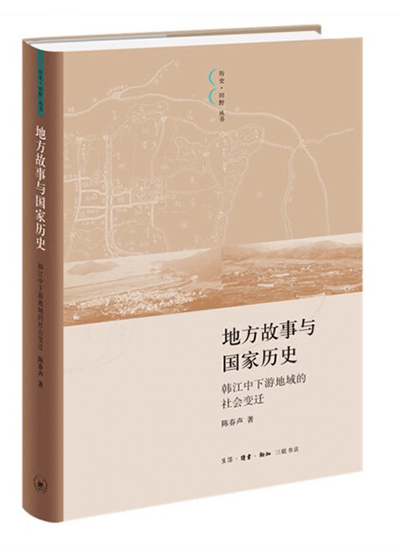Writing national history in local stories

Local Stories and National History: Social Changes in the Middle and Lower Reaches of the Han River
Local Stories and National History: Social Changes in the Middle and Lower Reaches of the Han River, by Chen Chunsheng, a professor from the Department of History at Sun Yat-sen University, focuses on people’s daily lives and changes in social organizations in the middle and lower reaches of the Han River in southeastern China. The book reflects on the changes in the overall national history and related mechanisms from the Ming (1368–1644) and Qing (1644–1911) dynasties to the early Republic of China (1912–49), and attempts to explain historical processes of China within the context of regional history.
National history is written in the stories of beliefs. The existence and evolution of folk beliefs in local society is a complex issue, and thus researchers tend to focus on a special “circle of belief” to meet requirements for groups or regions with synchronicity within a specific time and space. Chen tries to break through the limitations of such traditional research on “circles of beliefs” and “circles of sacrifice” in the study of folk beliefs. To explain the internal logic of local social changes, the author examines three key aspects: complex and dynamic regional power domination, the relationship between the evolution of the temple system and the development of primary-level social organization structures, and the two-way interaction between the “locality” and “orthodoxy” of beliefs in this process.
National history is written in the stories of commerce and trade. If local beliefs are regarded as the cultural orientation of the book, commerce and trade can be considered the practical line running through social changes in the middle and lower reaches of the Han River basin. A clear and dynamic picture of social changes is portrayed, from the smuggling trade centered on Nan’ao island in Guangdong under the policy of “abandoning the Nan’ao island” [to serve the ban on maritime trade] in the Ming Dynasty, to the rise of the Zhanglin port after the “opening of marine trade” in the Qing Dynasty, to the replacement of Zhanglin by Shantou, and finally to the rise of the hometown of overseas Chinese. The author describes the historical continuity of the region. The development of commerce and trade, the changes of national policies, and the social changes in the Han River basin were the logical and inevitable result of mutual influence.
National history is written in the stories of different groups. In the middle and lower reaches of the Han River, the relationships between people and bandits, between Hoklo speakers and the Hakka, and between overseas Chinese and locals were constantly evolving, and serve to reveal the nature of relationships between local governments and the people, and between dynastic states and the local.
Wang Wei is from the Department of History at Xiamen University.
Edited by YANG LANLAN

 PRINT
PRINT CLOSE
CLOSE